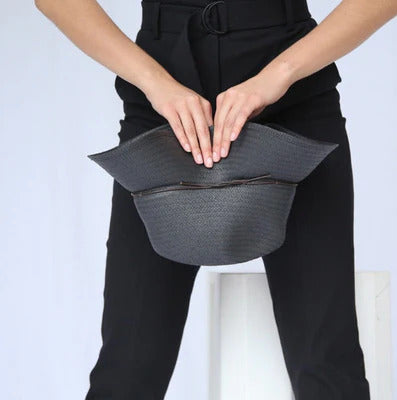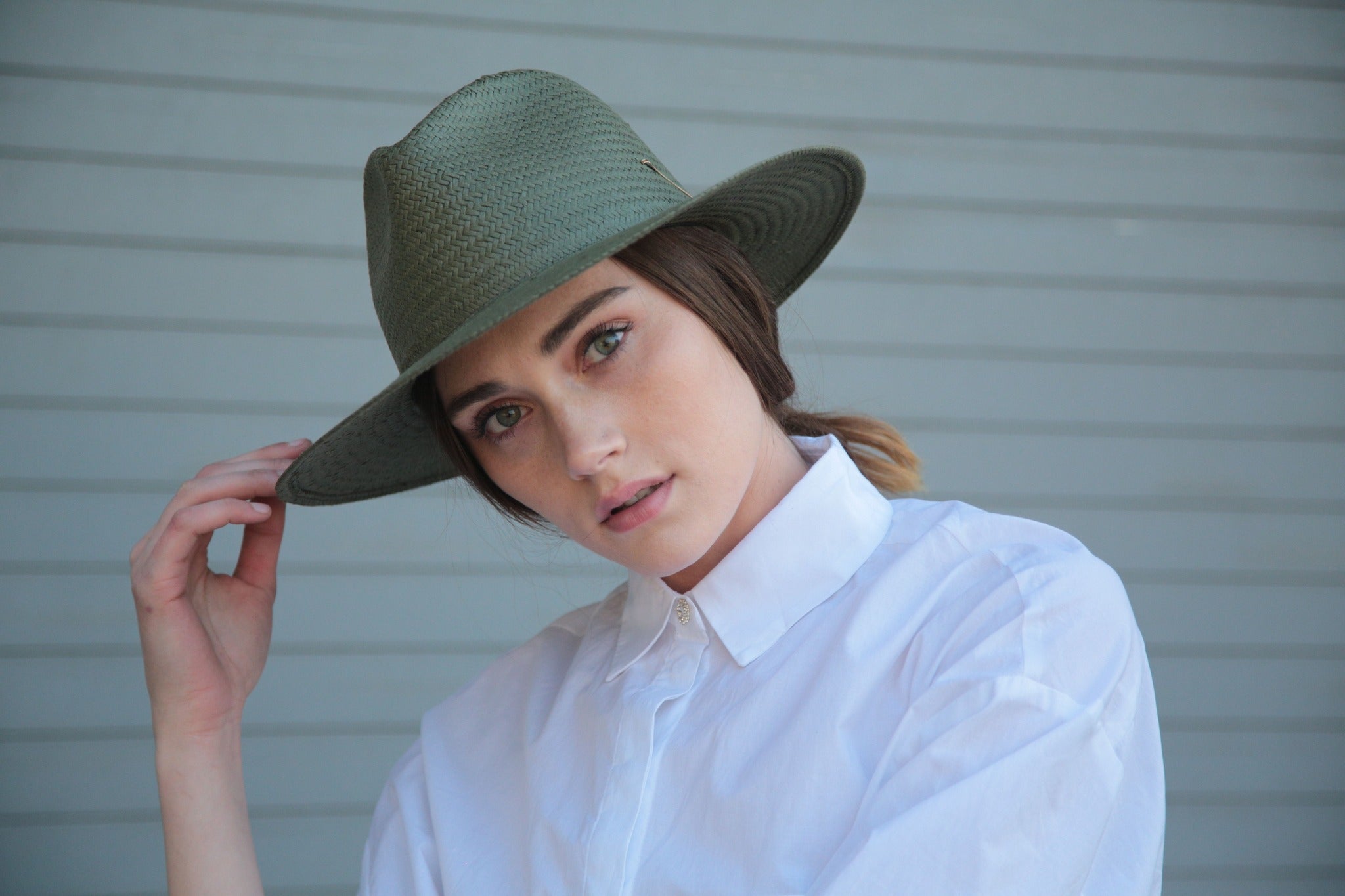
Hats vs. Sunscreen: What's Better for Sun Safety?
Sun safety is essential to protect our skin from harmful rays. Spending time outdoors can be enjoyable, but it comes with risks if we don't take the right precautions. Sun protection is vital for everyone, whether you're at the beach, hiking in the mountains, or simply running errands in town.
Hats and sunscreen are two popular ways to shield ourselves from the sun. Each has its advantages, but which one is better for sun safety? Many people wonder if wearing a hat is enough or if they should rely solely on sunscreen. Understanding the benefits and limitations of both can help you make the best choice for your skin's health.
In this article, we will explore the importance of sun safety and compare the benefits of wearing hats and using sunscreen. We'll provide tips on how to combine both methods for the best possible protection. With the right information, you can enjoy outdoor activities safely and keep your skin healthy.
The Importance of Sun Safety
Understanding UV Radiation
UV radiation comes from the sun and affects our skin in different ways. There are three types of UV rays: UVA, UVB, and UVC. While UVC rays are blocked by the Earth's atmosphere, UVA and UVB rays reach us and can cause significant skin damage. UVA rays penetrate deep into the skin and contribute to aging and wrinkles. UVB rays are responsible for sunburns and can damage the skin's surface. Both types of rays can increase the risk of skin cancer. This is why understanding UV radiation is critical for protecting our skin.
Risks of Sun Exposure
Prolonged exposure to the sun can lead to several health problems. Sunburn is the most immediate effect, causing pain and redness. Over time, repeated sunburns damage the skin and can lead to premature aging, including wrinkles and sunspots. More seriously, UV exposure increases the risk of skin cancer, which can be life-threatening. Protecting your skin from the sun is essential to avoid these risks. Simple precautions can significantly reduce the chance of serious health issues.
Benefits of Wearing Hats for Sun Protection
Coverage and Protection
Hats provide an excellent way to shield your face, neck, and sometimes your shoulders from the sun. Wide-brimmed hats are especially effective in offering extensive coverage. They block direct sunlight and also reduce reflected rays from surfaces like water and sand. By wearing a hat, you can significantly decrease the amount of UV radiation that reaches your skin. Wearing a hat is a simple, effective way to add an extra layer of protection when outdoors.
Types of Sun-Protective Hats
Different styles of hats provide varying levels of protection. Wide-brimmed hats offer the most coverage, making them ideal for all-day outdoor activities. Bucket hats with a downward sloping brim also protect the face and neck well. For more casual wear, caps with long bills and neck flaps can be very effective. Each type of hat serves a different purpose, so choose one that suits your needs and activities. Always look for hats made from tightly woven fabric for the best protection.
Sunscreen: An Essential Sun Safety Tool
How Sunscreen Works
Sunscreen acts as a barrier between your skin and the harmful UV rays. It contains active ingredients that either absorb, reflect, or scatter UV radiation. When you apply sunscreen, these ingredients form a protective layer on the skin's surface. This layer helps prevent UV rays from penetrating the skin and causing damage. Sunscreens are rated based on their Sun Protection Factor (SPF), which measures their ability to block UVB rays. A higher SPF provides more protection, so it's essential to choose a sunscreen with an SPF of at least 30 for adequate coverage.
Key Ingredients to Look For
When selecting a sunscreen, it's essential to look for specific ingredients that offer effective protection. Ingredients like zinc oxide and titanium dioxide are physical blockers that sit on the skin's surface and reflect UV rays. They are effective and less likely to cause skin irritation. Chemical blockers like avobenzone and octocrylene absorb UV radiation and convert it into heat, which is then released from the skin. Broad-spectrum sunscreens offer protection against both UVA and UVB rays, making them a good choice. Always check the label to ensure your sunscreen has these key ingredients for maximum effectiveness.
Combining Hats and Sunscreen for Optimal Protection
When to Wear Both
For the best sun protection, combining hats and sunscreen is a smart strategy. Wear both when you're spending extended time outdoors, especially during peak sun hours from 10 a.m. to 4 p.m. Activities like beach outings, hiking, or attending outdoor events are perfect examples. Use sunscreen on all exposed skin areas, even under your hat, as UV rays can reflect off surfaces and still reach you. By using both, you get broader coverage and reduce the risk of sunburn and long-term skin damage.
Tips for Maximum Sun Safety
Here are some tips to ensure maximum sun safety:
- Apply Sunscreen Generously: Use at least one ounce (a shot glass full) to cover your entire body. Apply 15 minutes before going outside and reapply every two hours or after swimming or sweating.
- Choose the Right Hat: Opt for wide-brimmed hats that provide coverage for your face, ears, and neck. Ensure the hat is made from tightly woven fabric.
- Wear Protective Clothing: Long-sleeved shirts, long pants, and sunglasses with UV protection help provide more comprehensive coverage.
- Seek Shade: When possible, stay in shady areas to minimize direct sun exposure.
- Stay Hydrated: Drink plenty of water to stay hydrated, especially when out in the sun for long periods.
Conclusion
Sun safety is crucial for preventing immediate and long-term skin damage. Wearing hats and using sunscreen are effective ways to protect yourself from harmful UV rays. Hats offer excellent coverage, while sunscreen acts as a barrier on your skin. Together, they provide optimal protection. Understanding the importance of UV radiation and the risks of sun exposure can help you make informed choices for your skin's health.
By combining these sun safety strategies, you can enjoy outdoor activities without compromising your skin's well-being. Don't take chances with sun exposure; make sun safety a daily habit. Discover KIN THE LABEL’s sun-protective hat collection to elevate your sun safety routine and stay stylish while protecting your skin.



